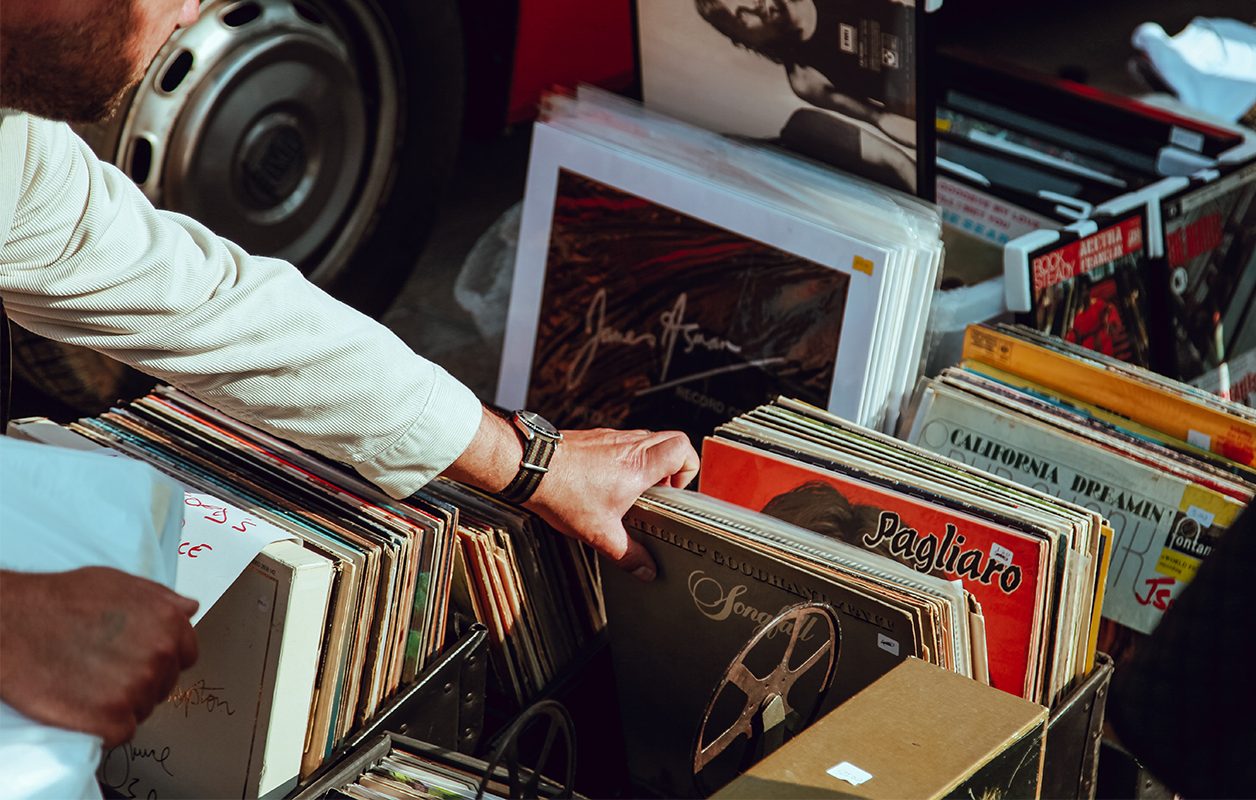
Some DJs specialize in one genre of music, such as deep house or hip hop, but many working DJs select and blend music from all different genres. DJs who spin in multiple genres are typically called “open format” DJs. Most local or paid DJ gigs, such as those at weddings, corporate events, birthday parties, and even bars and clubs, are in fact open format gigs. At events like this, clients look for music across multiple genres that appeal to different age groups and demographics.
For example, a bar owner might want you to play hip hop, Top 40, and classic songs for their Saturday night crowd, or a wedding might call for a mix of oldies, funk, EDM, and pop hits. If you are DJing a deep house gig, you can blend from track to track easily, as they tend to share similar BPMs, drum patterns, and musical structures. However, blending various genres may require a little added creativity.
Still, there are many ways you can keep your mixed genre set seamless and exciting. Let’s jump in.
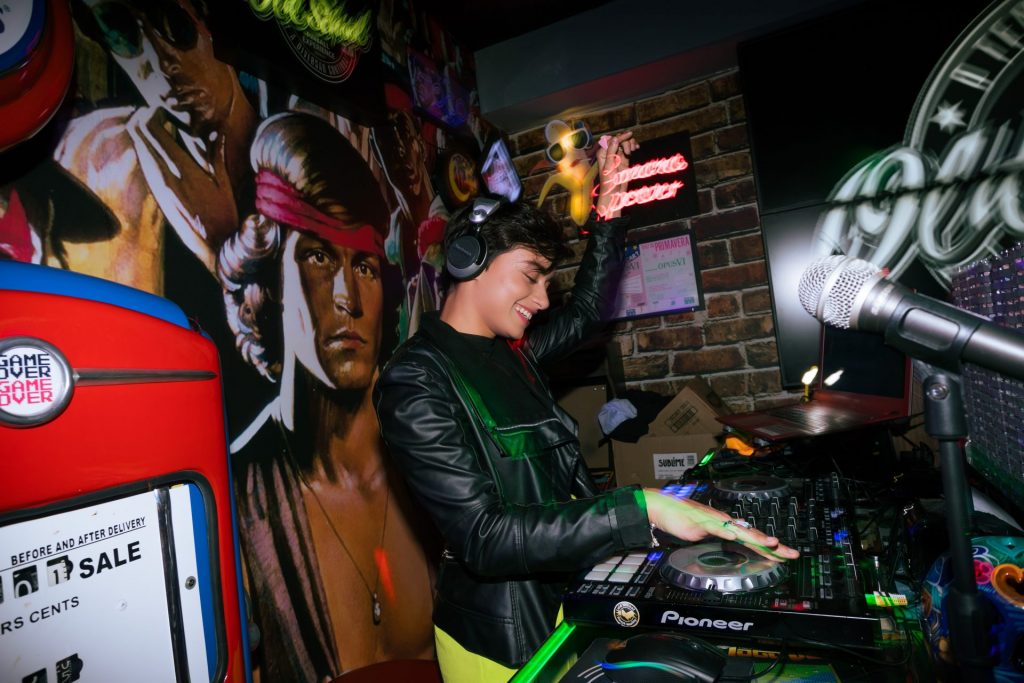
Blend according to BPM, key, drum pattern, and energy level.
Even if two songs don’t share the same genre, they may have similar keys and BPMs, as well as a similar drum pattern. For example, an EDM song and an up-tempo pop song might both have four-to-the-floor kicks and snare drums on the second and fourth beat of each bar. They may have BPMs that vary by less than five. You can beat-match the drum patterns of both for a smooth transition from one song to the next. For more tips on how to mix songs, please see this article.
Be aware of subtle differences in timing and volume level, especially with older or independently produced tracks.
When beat-matching a contemporary song with an old song, you may notice the beats don’t line up exactly, or that the beats from the old song drift or waver. This is because studios hired human drummers instead of using loops and drum machines. Studios also didn’t have access to as many advanced audio editing or quantization features. As a DJ, you can keep the beats matched by continually nudging one of the tracks forward or back before exiting out the first song. Because older songs sometimes have more dynamics or a lower overall output volume, it’s helpful to turn the volume of the old song slightly higher than that of the new song. That way, the energy level of the music is sustained evenly and does abruptly drop or leap.
Download or create interesting mashups and remixes.
Many DJs and producers will remix hip hop, funk, pop, and rock songs into EDM tracks. Such songs are great for a high-octane night at the club or the dance party that closes out a wedding. Producers may also create mashups; for example, they will blend the backing instrumental of a rock song with the vocals of a hip hop song. You can create remixes or mashups in your DAW or find great remixes and mashups to use from BPM Supreme’s “Remix” category. You can also use Serato’s new stems feature to isolate the acapella or instrumentals of one song in one genre and blend it with the beat from a song in another genre.
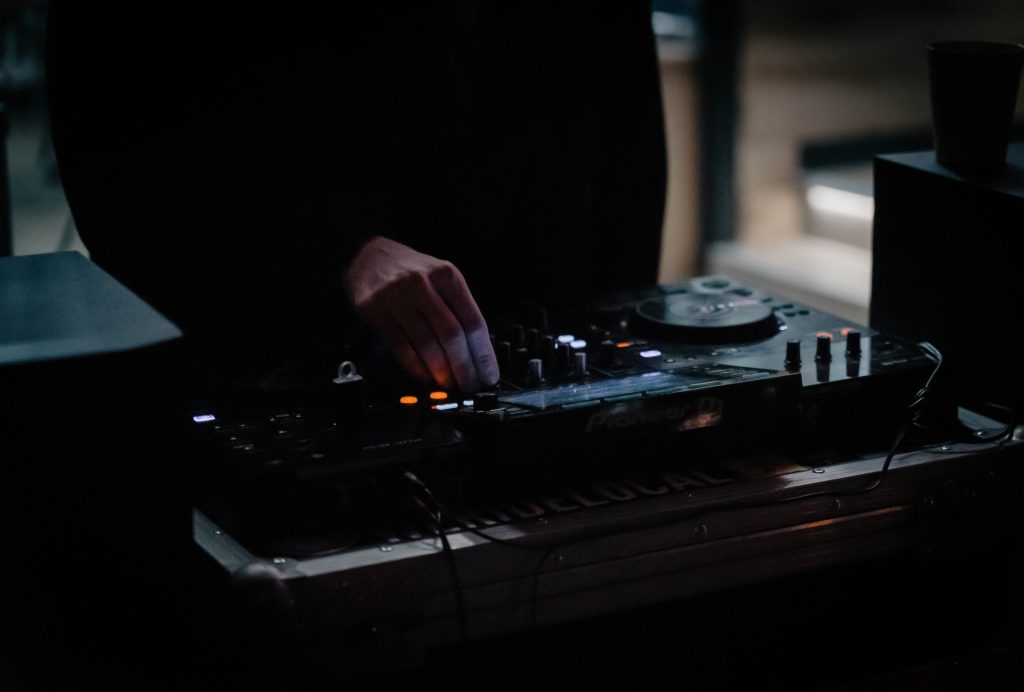
Consider blending a song with a song half its tempo.
A great way to jump from one genre to another is to layer eight bars of the faster track over four bars of the slower track. For example, you can jump from an EDM song at 128 BPM to a hip hop song at 64 BPM by beat-matching an eight-bar EDM drop with a four-bar hip hop intro. Then, when the drop of the EDM song concludes, the verse of the hip hop song will begin seamlessly without the beat dropping out.
Use manual or pre-recorded BPM transitions.
When transitioning from genres that vary greatly in BPM, you can rapidly change the BPM of the current song to match that of the next song. Normally, the slider on a DJ controller will adjust the BPM by only a few percentage points. However, you can switch the settings to allow the slider to make much larger BPM changes.
BPM Supreme also has special “transition edits” of popular songs that seamlessly make large BPM jumps. For example, you can blend a hip hop song at 70 BPM with a transition edit of another hip hop song that goes from 70 BPM to 125 BPM. Then, you can blend the 125-BPM ending of the transition song with an EDM song at 125 BPM.
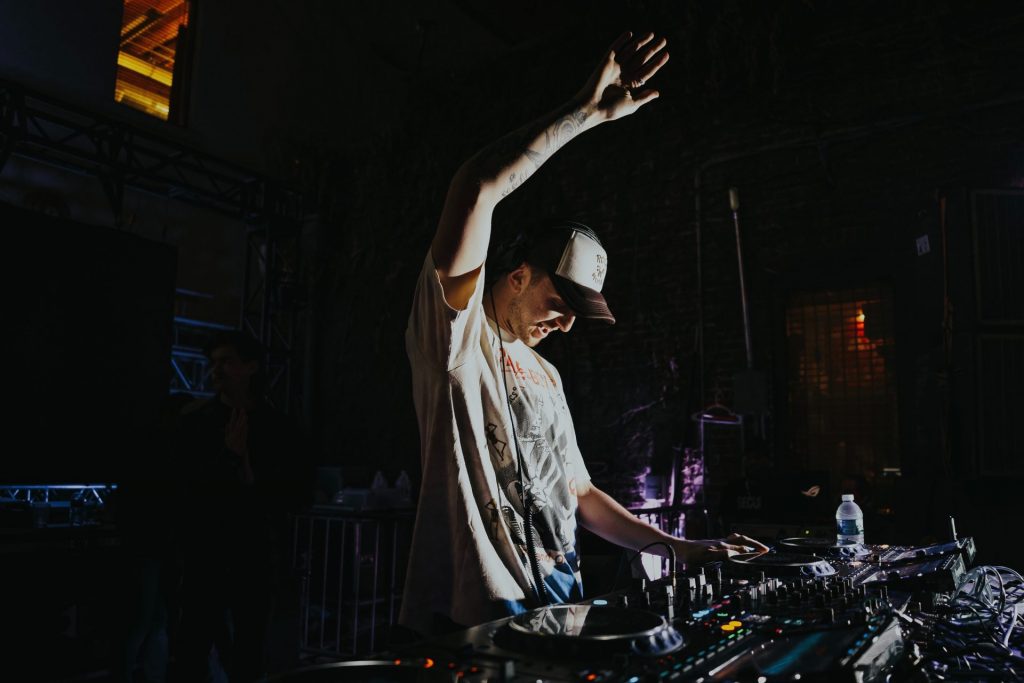
Jump cut or echo out.
If you need to jump from one genre to another and cannot find a smooth blend or transition, simply wait for the end of a section, echo out, and jump cut to the second song. The guests at the party are probably paying more attention to hearing the songs they put on the request list than to how smooth your transitions are.
Include the most popular and well-known songs of every genre in your library.
At most parties, guests are looking for songs they recognize and resonate with. If you send a client a questionnaire and they mark off that they enjoy hip hop, reggae, and 80s rock, it’s a good idea to play songs by Drake, Bob Marley, and AC/DC. Guests across age groups and demographics will recognize these artists and relate to the songs. Often, you will be DJing a party, and someone will just ask you to play “some reggae.” It’s good to have that ready to go in your library. On BPM Supreme, you can browse for top songs in different genres. You can also create your own playlists, collaborate on playlists with your clients, or explore playlists built by the team at BPM Supreme that offer a little bit of everything!
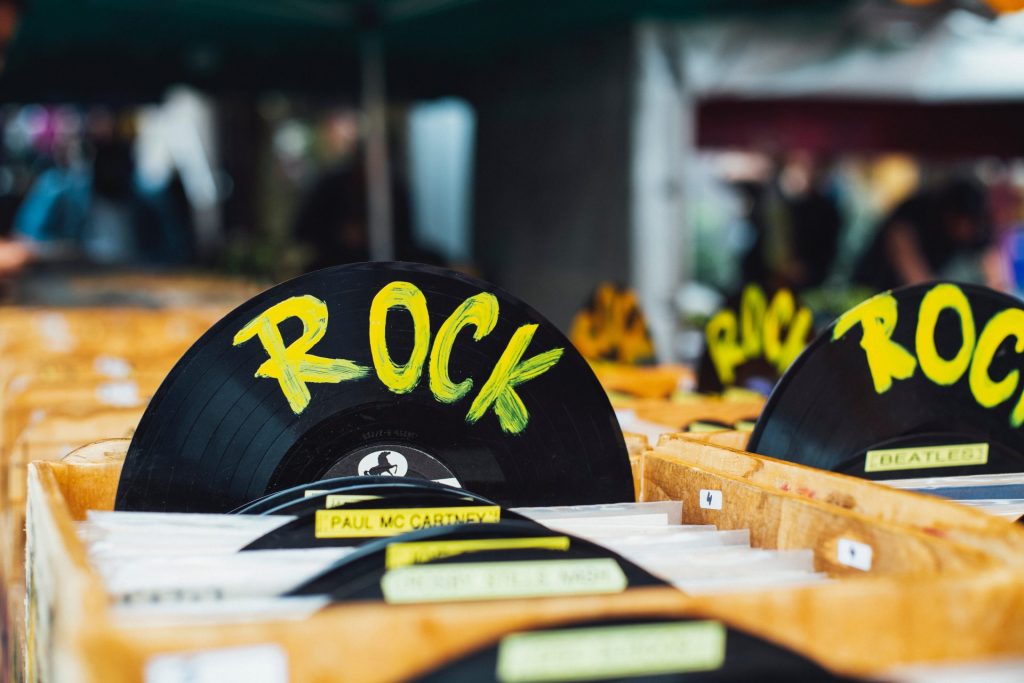
As with many other elements of DJing, there are no hard rules for how to blend genres. You can use your creativity, DJ talent, and understanding of music however you want to fit the puzzle pieces together, or to turn the puzzle into an entirely new piece of art. Music is music. At the end of the day, if it’s got good energy and connects to people, regardless of genre, it’s a good party.

